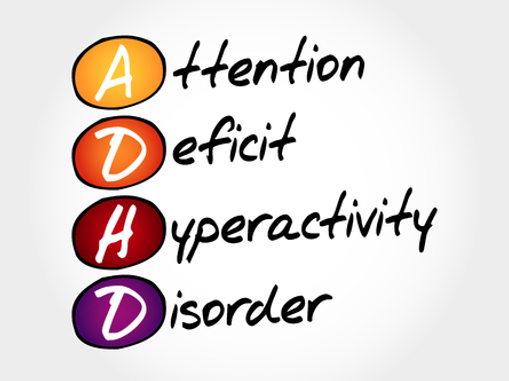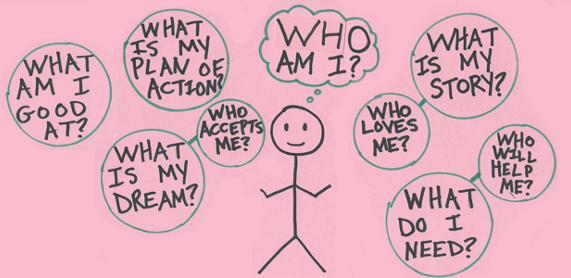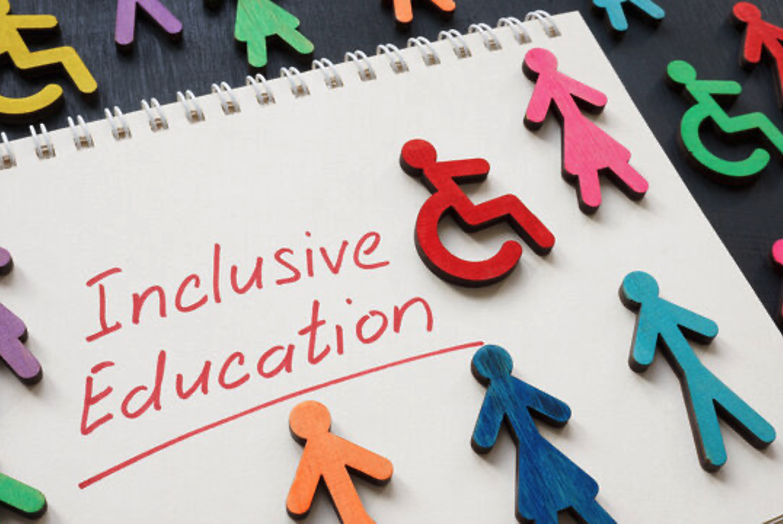What Does Self-Advocacy Look Like for my Learner with Special Needs?

What is Executive Functioning and How Can I Help My Child with Special Needs?

How Do I Help My Child With ADHD?
First, let’s define what self-advocacy is. Self-Advocacy is the act of speaking up for oneself, learning how to make one’s own decisions, knowing who is in the circle of trust, and learning how to problem solve. However, self-advocacy looks different for every learner with special needs.
Here are a few examples of self-advocacy in our population of students.
-Raising their hand in class to ask a question.
-Going to a teacher/adult when someone is picking on them.
-Telling a friend how they feel about a given topic.
-Making a food choice at lunch time.
-Signing up for the talent show.
-Asking an adult for support or help.
-Attending their own IEP and offering ideas on goals.
How to help our learners with special needs develop self-advocacy skills.
-IEP: Invite your learner to attend their own IEP. We want all of our learners to be included and this is a great way to start the process. The student can use visual supports to help them respond to questions, give ideas, and develop their own goals. They can even read from a PowerPoint slide for their key ideas. This is a great tool to show the student that they matter, and what they say makes an impact.
-Choices: Allow the learner to make decision. We should give them choices, so they begin to develop their own preferences, likes, and dislikes. This builds confidence and a higher self-esteem. Choices can be given verbally, written on paper, by using pictures or with concrete objects. Giving choices are a simplistic way to teach the responsibility in decision making.
-Visuals: Provide a visual support of each key member within the student’s circle of trust. This visual allows the student to know who they can turn to if there is a problem, if they wanted to share a great moment, or if they just need to talk.
-Role-play: Act out scenarios of potential problems that they may encounter. You can model the right way to handle a situation and then let them copy that behavior. This again builds self-confidence and teaches the learner the right way to confront a situation. You can even video tape the role-play and review it together. This makes for a great laugh and learning all at the same time.
-Calendar: Give the learner a calendar or daily schedule and allow them options for activities (ones they prefer), that they can do on their own time. These choices can be as simple as taking a walk, going to the store, seeing a friend, or even playing a video game. These options can be written, or provided as pictures, and can be glued or written onto the learner’s calendar or daily schedule. By giving them fun activities to choose from and allowing them to put those options on their own schedule, learners with special needs develop a sense of freedom and an appetite for self-advocacy.
Related posts






